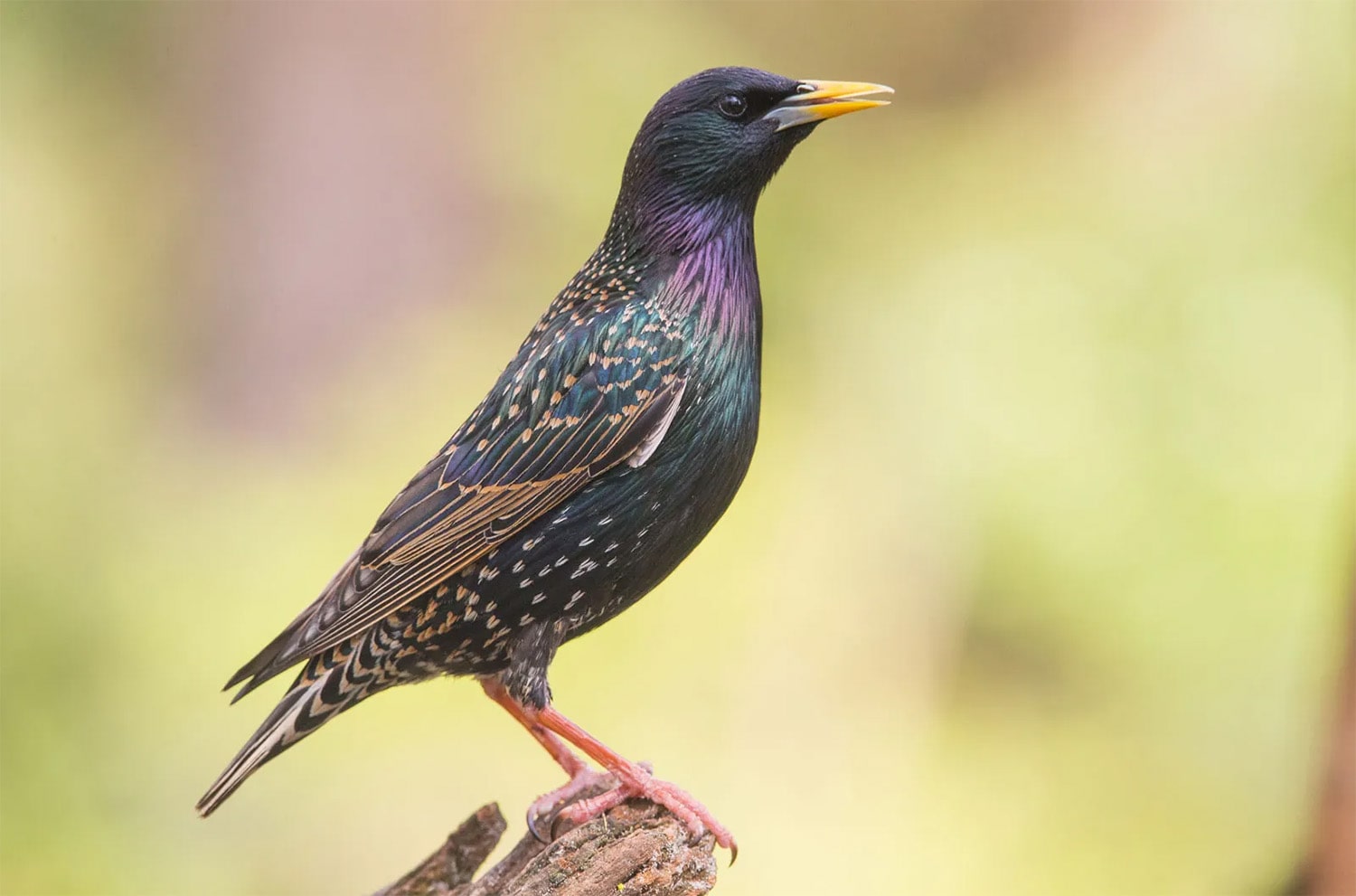
35 interesting facts about starlings
- 👁️ 303
Starlings are small to medium-sized passerine birds known for their striking murmurations, vocal abilities, and adaptability. Belonging to the family Sturnidae, these birds are native to Europe, Asia, and Africa, with some species having been introduced to other parts of the world. Starlings have a significant impact on agriculture and native bird populations in areas where they are considered invasive. However, their social behaviors, complex vocalizations, and aerial displays continue to fascinate birdwatchers and scientists alike. Let’s explore some interesting and informative facts about starlings that shed light on their unique characteristics and behaviors.
- The common starling (Sturnus vulgaris) has been introduced to North America, Australia, and New Zealand, where it is considered an invasive species.
- Starlings can mimic a wide range of sounds, from other bird calls to mechanical noises and human speech patterns.
- Murmurations, the spectacular aerial displays performed by starlings, involve thousands of birds flying in coordinated patterns.
- These murmurations are believed to serve multiple purposes, including predator evasion and warming up before roosting for the night.
- The iridescent plumage of starlings changes color with the light, ranging from purplish and greenish hues in the sunlight to more muted tones in the shade.
- Starlings are highly social birds, often seen feeding and roosting in large flocks outside of the breeding season.
- They have a diverse diet that includes insects, fruits, seeds, and even human food waste.
- Starlings prefer to nest in cavities, which can lead to competition with native cavity-nesting birds, especially in areas where they are invasive.
- The female starling lays four to six eggs per clutch, which are pale blue in color and hatch after about 12 days of incubation.
- Both male and female starlings share in feeding the chicks and keeping the nest clean.
- Starlings have been known to cause significant damage to crops, particularly fruit orchards, where they feed on grapes, cherries, and other fruits.
- They are highly adaptable and can thrive in a wide range of environments, from rural farmlands to urban areas.
- In the late 19th century, 100 starlings were released in Central Park, New York City, by a group intending to introduce all the birds mentioned in Shakespeare’s plays to North America.
- The European starling’s population in North America has grown to millions since their introduction, showcasing their incredible adaptability and reproductive success.
- Starlings have a unique flying style that involves rapid, direct flights with constant wingbeats.
- The leg color of a starling can indicate its health and age, with brighter-colored legs often seen in healthier or younger birds.
- Starlings use their sharp beaks to probe the soil for invertebrates, often creating noticeable holes in the ground.
- Some species of starlings, such as the Bali myna, are critically endangered due to habitat loss and the pet trade.
- Starlings can live up to 20 years in the wild, though their average lifespan is much shorter due to various threats.
- The birds are known for their problem-solving abilities, including the use of tools to obtain food.
- Starling feathers lack the barbules that zip the barbs of feathers together, resulting in a loose structure that helps create their iridescent sheen.
- During the breeding season, male starlings perform elaborate songs and dances to attract females.
- The stomach acid of a starling is strong enough to dissolve metals like copper and lead, posing a risk when they ingest contaminated prey.
- In winter, starlings can form roosts of hundreds of thousands, sometimes even millions, of individuals.
- Starlings are not only proficient mimics of sounds but can also replicate the specific calls of certain birds of prey to alert their flock to danger.
- Despite their reputation as pests, starlings play a crucial role in controlling insect populations, which can benefit agriculture.
- Their ability to extract insects from deeper soil layers makes them effective at reducing pest populations that other birds cannot reach.
- The wing feathers of starlings make a distinctive sound during flight, described by some as a purring noise.
- Starlings’ feet have an anisodactyl arrangement, meaning three toes point forward and one backward, aiding in perching and foraging.
- The waste from large starling roosts can damage trees and buildings and poses health risks due to the presence of fungal spores in the droppings.
- Starlings have a rapid wingbeat frequency of about 5-6 beats per second during normal flight.
- The glossy sheen of a starling’s plumage is due to the structure of the feathers, which scatter light.
- In some cultures, starlings are considered symbols of unity and social connection, inspired by their flocking behavior.
- The name “starling” is believed to have originated from the bird’s star-like shape when flying high in the sky.
- Despite their invasive status in some regions, starlings have been subjects of various studies for their impact on ecosystems and their remarkable behaviors.
Starlings are a testament to the complexity and adaptability of nature, showcasing a range of behaviors and characteristics that have both charmed and challenged humans. Their contributions to ecosystems, particularly in controlling insect populations, highlight their ecological importance. At the same time, their impact as invasive species underscores the need for careful management and conservation efforts. Whether admired for their murmurations or criticized for their invasiveness, starlings remain a subject of fascination and an integral part of the natural world.
Starlings are small to medium-sized passerine birds known for their striking murmurations, vocal abilities, and adaptability. Belonging to the family Sturnidae, these birds are native to Europe, Asia, and Africa, with some species having been introduced to other parts of the world. Starlings have a significant impact on agriculture and…